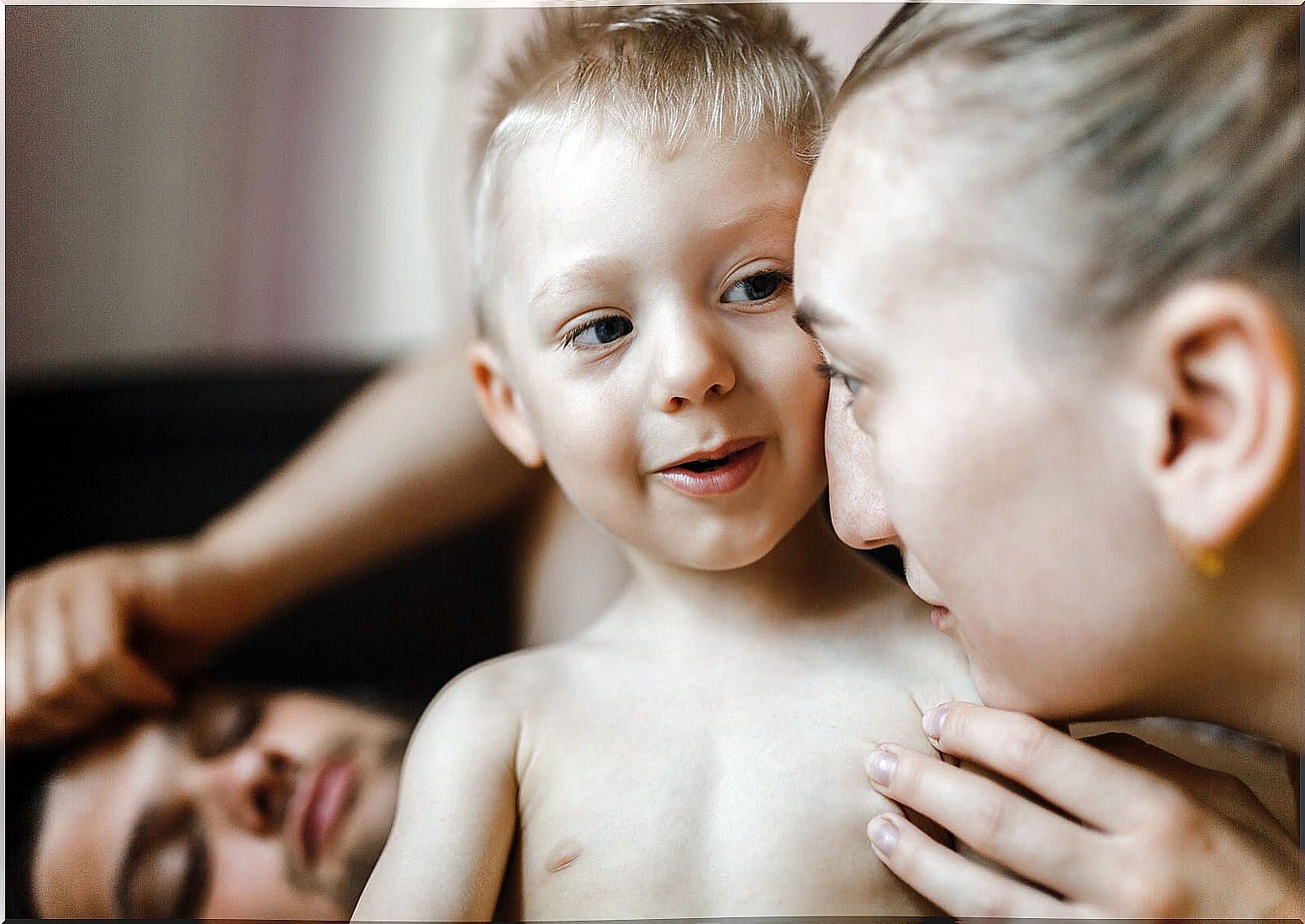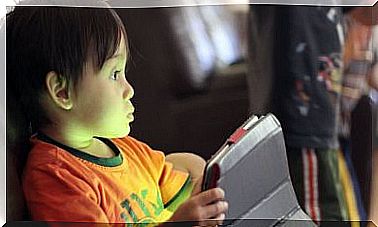Games To Develop Emotional Intelligence In Children

Resorting to games to develop emotional intelligence in children is a great option to achieve this. When it comes to young children, and not so young, play and fun are of great help in developing emotional intelligence. Well planned, a game is an excellent strategy for children to learn to recognize and control their feelings and emotions.
What is emotional intelligence and how does it help people?
Emotional intelligence refers to an ability to recognize, perceive, understand and express emotions. Having a developed emotional intelligence allows a person to manage, in a positive way, what they feel in different moments and situations in life. That is, it allows people to function well socially and behave appropriately in different areas.

This is so because having emotional intelligence is having emotional information about oneself. An information based on the knowledge of what it feels at all times and why. Which implies being able to control, adjust and readjust one’s own feelings and emotions and, thus, guide behavior to adapt it to different environments and contexts and feel good every day.
With which, emotional intelligence helps people to get things to affect according to their objective importance and to motivate themselves when things are not easy to control frustrations.
Even mastering impulses and being able to modify one’s mood in complicated situations or being able to put oneself in someone else’s shoes to understand how they feel and why, are signs of a developed emotional intelligence.
Children and play with their feelings to develop their emotional intelligence
As has been anticipated at the beginning, play, or games, are a good strategy to develop emotional intelligence in children so that they learn about what they feel.
The game is an activity and a basic element in the development of children. Through this, children mature on a psychomotor and physical level, on a cognitive, social level and, of course, on an emotional and affective level.
Therefore, it is important to plan and put into practice games that allow the little ones to begin to know their emotions. Both in the family environment and in the school, and with the game as a methodological strategy, it is possible to help children to channel their emotions. In this way, in their adulthood, they can be balanced people thanks to a high emotional intelligence and self-knowledge.
In this sense, below are 3 creative and fun games to do as a family or at school that aim to develop emotional intelligence in children.
The feeling cards
This is a game valid for younger children, from 3 or 4 years old, as well as for elementary school children or adolescents. It consists of making several cards with colored cards. In each of them the name of an emotion will be written (sadness, anger, anger, fear, surprise). This emotion will be chosen according to its complexity and the ages of the children who will play.
Thus, the game consists of each child taking turns choosing a tile. Next, that child will have to try to describe and explain the emotion that has touched the card to the rest of the playmates. For which, you can give examples, use your body or tell an experience. For younger children, the funniest and funniest thing is to encourage them to gesticulate.
A story theater about emotions
Another fun activity or game to work on emotions with children is to play a small theater. So, a great idea is to choose a story with familiar characters for children and with a plot that talks about feelings.
First, the story will be read to the children and, later, they will have to choose characters from the story to act out in a theater. To do this, they can use homemade costumes, made with parents’ clothes or with plastic bags, colored cardboard and paints.
Stories are great allies for children to learn more about emotions. The stories of the stories are very motivating and capture a lot the attention and interest of the little ones and are a way of getting them to be able to reflect and empathize with what their favorite characters feel.
In addition, stories can be even more entertaining for children if they know that later they will play at being great actors.

The colorful mural of feelings to develop emotional intelligence in children
This game allows children to express themselves, explain and describe what they feel in the present moment, that is, if they feel sad, happy, discouraged, angry, angry, satisfied, excited, etc. Thus, the game consists of playing to express what one feels using the help of speech and drawing. In addition, it helps the little ones to exercise their fine motor skills through painting.
The children have to compose a large mural on a white cardboard made with several small joined together. On the cardboard everyone will have the freedom to draw or write in color how they feel at that moment and why.
In this regard, it may be helpful for adults to ask children questions such as: “ How are you feeling today? Why do you feel that way? Could you give it a name or describe what you feel or are feeling? What do you think you could do to feel better? If you don’t like what you are feeling, how would you like to feel?
The purpose of this game is that children can express their feelings and, in addition, that adults can help children who feel negative emotions to understand that they can be controlled, modified and changed for much more positive ones.
We hope these activities will help you nurture emotional intelligence in your children while spending quality time with your family. What are you waiting to put them into practice?










